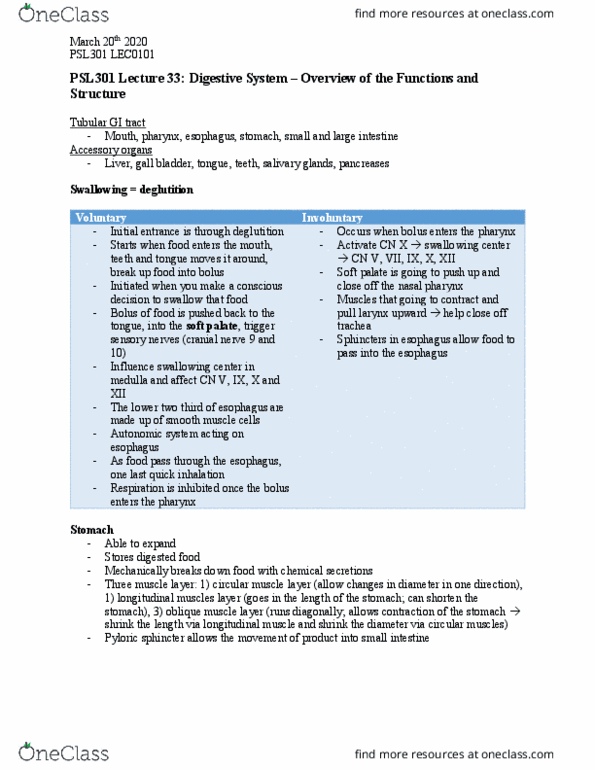PSL301H1 Lecture Notes - Lecture 32: Distal Convoluted Tubule, Ascending Limb Of Loop Of Henle, Portal Vein
PSL301H1 verified notes
32/38View all
Document Summary
Nitrogenous waste that comes from protein intake (protein converts to a. a) one is used to synthesis protein, and one is degraded in liver where amino group is removed and converted to urea. *a transaminase reaction reduces amino acids into carbon skeleton, but generated glutamate with alpha ketoglutarate. Ammonia breakdown is highly toxic, but when it is converted to urea in the liver, urea is not toxin, and can be excreted in the urine. Average american diet: 60-120 g of proteins. Protein enters liver cell, amino acid converted to ammonia and ammonia is converted to urea. Cellular metabolism to urea 200-800 mmol/day. With kidney failure urea will be generated, but not excreted thus, level of urea will rise uremia. Urea is transported into the cell via ut-a1. Ut-a3 allows urea to diffuse into the blood via concentration gradient. Ut-a1 in the apical membrane can be regulated with phosphorylation.




